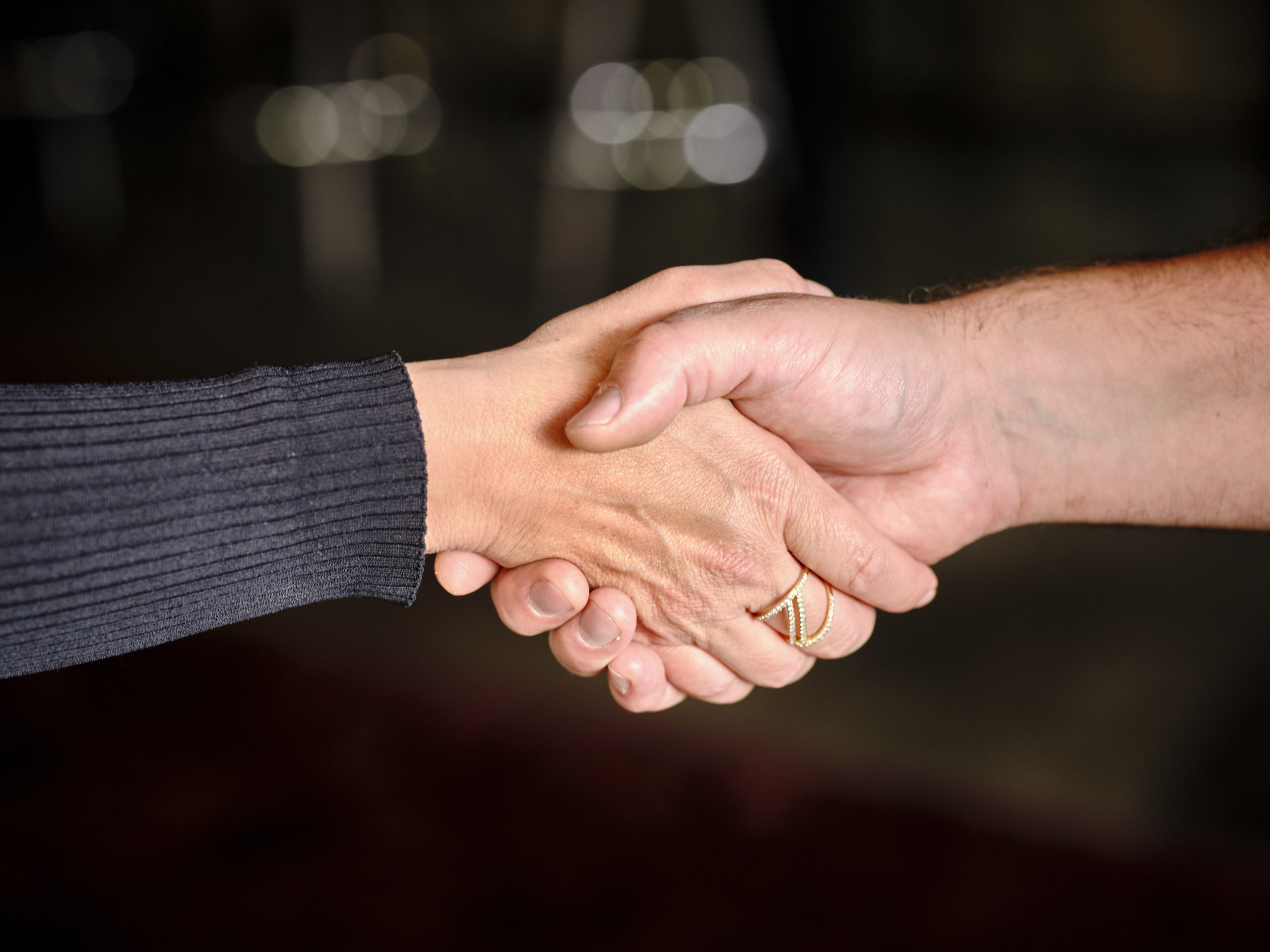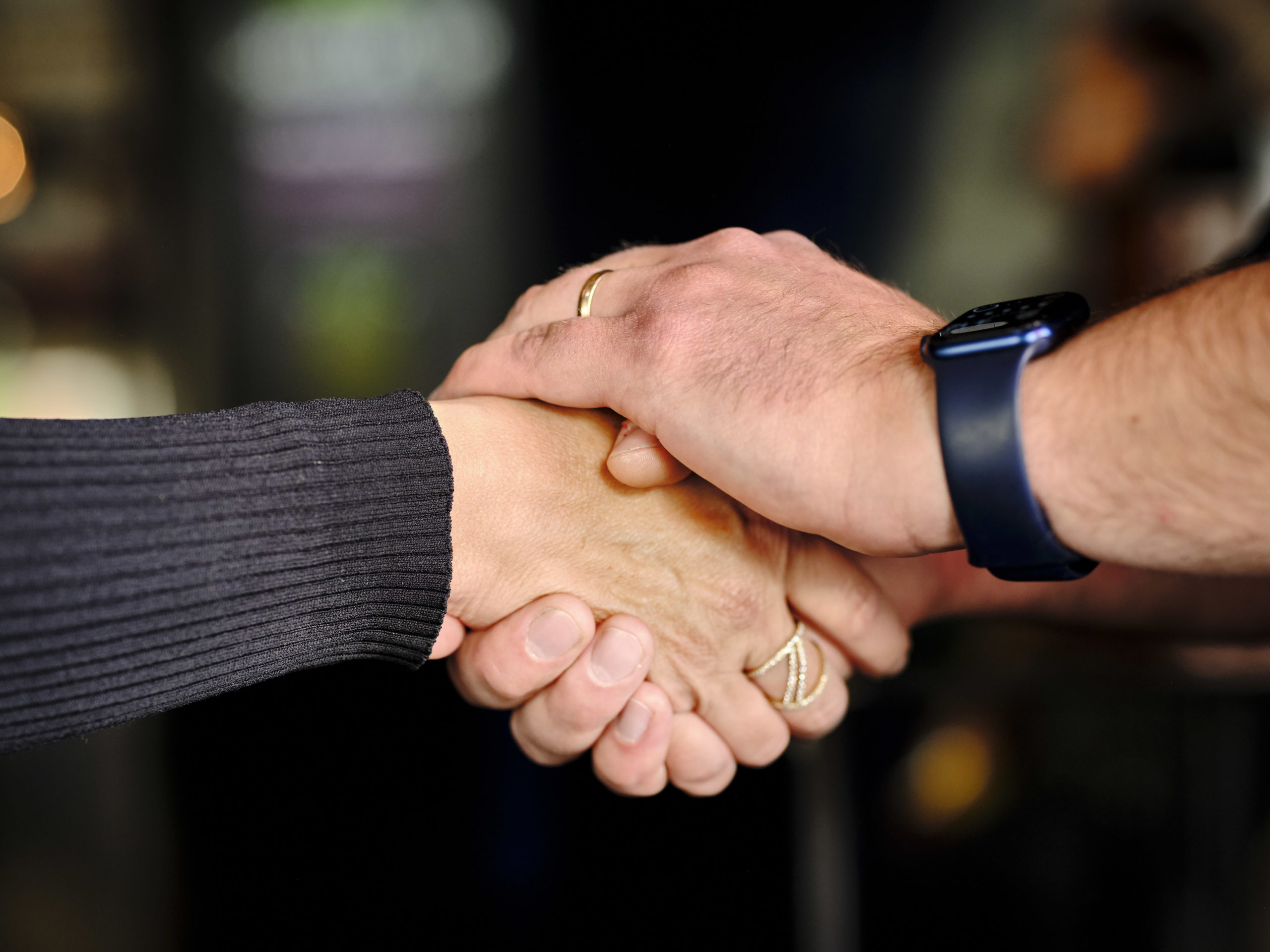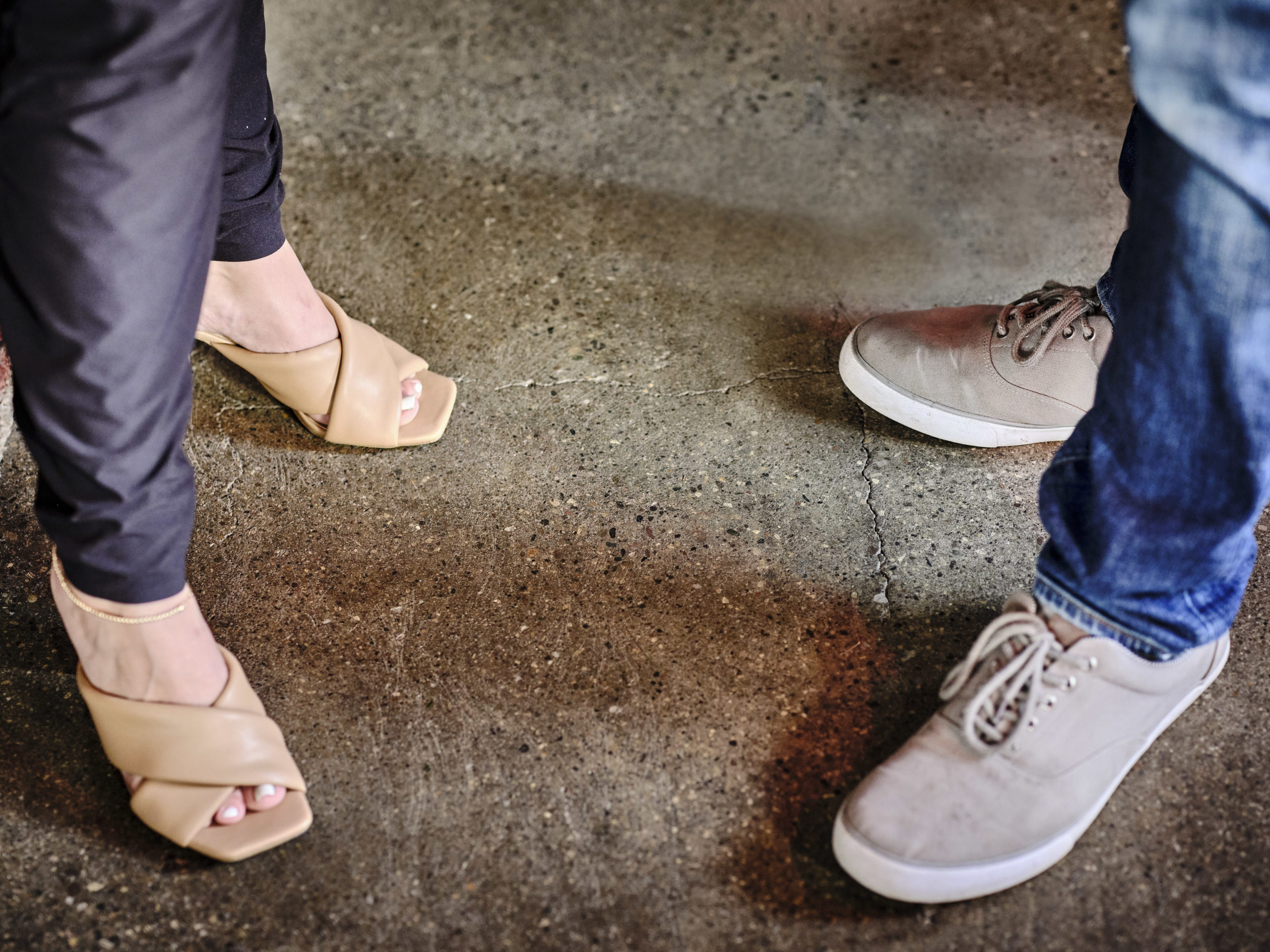Make a good first impression with the Detroit Academy of Etiquette

Detroit Academy of Etiquette founder and certified etiquette instructor Danielle Kovachevich knows how important a proper greeting is to making a good first impression.
“Greetings are the gateway to a relationship,” Kovachevich says. “And if an introduction doesn’t go well, you can almost say goodbye to that next step in the connection.”
Before striking out on her own in 2020 with the Detroit Academy of Etiquette, Kovachevich worked for an executive training company whose client base was exclusively drawn from the corporate world, preparing executives to navigate the social graces of international business deals. That often involved making sure they didn’t bungle their first impression because of some cultural difference in etiquette. (For example: In America, you let your guest walk to the table first; in Europe, it’s the opposite.)
While much of her work still revolves around coaching business executives and those looking to climb the corporate ladder, the Detroit Academy of Etiquette’s client list is a bit more diverse these days and includes everyone from children just learning to mind their manners to politicians, physicians, service workers, and new graduates looking to nail their first major job interview.
“A lot of times it’s just helping people feel confident walking into any situation,” Kovachevich says. “When you have this skill set, you can really handle anything that’s thrown at you.”
Here, Kovachevich offers her pro tips on nailing greetings and introduction, which are ultimately all about making a good first impression.
Time is of the essence
When you first meet someone, you have seven seconds to make an impression. Within seven seconds, we’ve decided how we feel about someone. Do we want to know them more? All of these things are based on physical presentation. But it’s not about how attractive you look, it’s about how you present your authentic self. It’s about grooming and body language.
It’s all in the details
I like to ask my clients: What is a make it or break it for you? There’s one guy who only looks at shoes and if they’re scuffed, he’s not interested in continuing the conversation. I have a client who said he looks at cars. Everyone has a thing. If this is an important meeting for you, you should really maintain formality and present your best self. It’s the little details that can really break a first impression.


Know your place
A lot of what I teach can help in personal or professional settings, but there is a big difference between how you greet someone in either. For example, with professional settings I advise my clients to always maintain formality. Even a handshake is different in business. It’s more to the point. It’s usually two shakes. The more you know someone, the more your handshake organically lingers. For business introductions, you want to to keep it formal. Avoid extra touching. If you know someone, you might do a hand on the back or hand on their hand.
Nail the introduction
When you’re introducing two individuals, you want to say the name of the person you’re honoring first. If it’s your client or superior and you’re introducing them to your co-worker, for example, you always want to say their name first. And you want to balance introductions. Let’s say you only know the first name of one and know the full name of the other, you want to use only the first name so there’s balance for both. And once you introduce them, you want to establish commonality. When we make social interactions easy for others, they want to be around us.
Rise to the occasion
With greetings, a big thing is always make sure that you stand. If you’re sitting in a restaurant and someone comes up, remove any barriers. Stand up and move around the table to greet the person.


Know your role
Every situation, social and professional, has a host and a guest. What’s really important is to understand your role for that event. For example, if you’re inviting a client or coworker and you are the one setting it up, you are the host and have certain responsibilities. Some of those would be offering your guest the best seat, making the reservations, handling the conversations. If you’re setting up the gathering, you should take ownership of that conversation and how to pivot when things get uncomfortable. When you make people feel good and comfortable, people intuitively want to be around you.
Read the room
We advise our clients to always look at a group when assessing the room. When it’s a closed conversation, your feet are more pointed toward the individual and you’re looking intently at someone’s face. That might be a closed conversation and that might not be the right time to introduce yourself. And if it’s open, one foot will be pointing to the individual and one will be pointing out. Same thing with the shoulders: One is more toward the individual and one is more to the room. You’re making eye contact, but also glancing out. That indicates a more open conversation that you’re safe to dive into.
Break the ice with confidence
Always assess the room and body language of the people you want to talk to. Once you’ve done that and assessed that this person is open to talk to, you could walk up and introduce yourself and say, “How do you know the host?” or “How are you connected to this event?” That’s a good way to start that conversation. And people appreciate it, because not everyone is confident enough to do that.
Keep it up!
You have to practice. Charisma can be learned, which is so great. It doesn’t really come naturally to anyone. Some of us are blessed with life experiences or parents that were great examples, but some of us aren’t. Fortunately, there are a lot of tools out there and material and etiquette coaches that can help with that.















